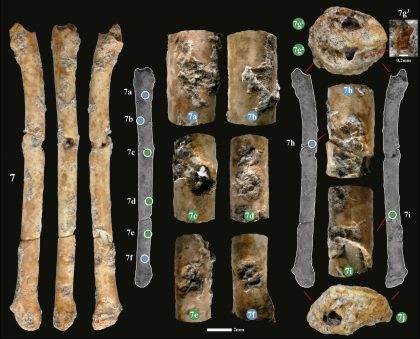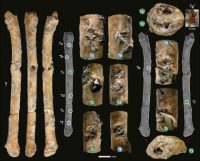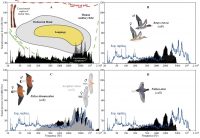New publication by HEAS Member José-Miguel Tejero on prehistioric sound instruments
More On Article
- HEAS Deputy Head Promotes Archaeological Publications in Vienna
- A short and sickly life. Multi-indicator analysis of an infant from a late antique Italian burial site (Piano della Civita, Artena, 3rd-5th cent CE).
- Fire Use During the Last Glacial Maximum: Evidence From the Epigravettian at Korman' 9, Middle Dniester Valley, Ukraine
- New Paper Published!
- HEAS Members awarded FWF grant for project on Geochemical ENhancEment of Ancient DNA from SedImentS

Sound instruments over 12,000 years old identified as used by the last hunter-gatherers of the Near East to imitate the call of birds of prey An international team of archaeologists and ethnomusicologists led by José-Miguel Tejero (Researcher at the Pinhasi Laboratory of the Department of Evolutionary Anthropology of the University of Vienna and HEAS Member) and Laurent Davin (CNRS. France) has discovered a unique set of prehistoric sound instruments in the Near East. These objects come from the Eynan-Mallaha archaeological site (Natufian archaeological culture, c. 13,000-9,700 BC) in northern Israel, excavated since 1955 by a Franco-Israeli team. The results of the study of these materials have just been published in the journal Scientific Reports.

